Reading Improvement Normal Vowels Worksheets for Ages 6-8
5 filtered results
-
From - To
Enhance your child's reading skills with our "Reading Improvement Normal Vowels Worksheets" designed specifically for ages 6-8. These engaging, printable worksheets focus on normal vowel sounds, reinforcing essential phonetic skills that form the foundation of reading. By practicing with fun exercises and activities, children will boost their confidence and fluency in reading. Our worksheets feature colorful illustrations and interactive tasks that captivate young learners' attention, making reading practice enjoyable. Whether used at home or in the classroom, these resources provide valuable support to help children excel in their literacy development. Unlock your child's potential in reading today!
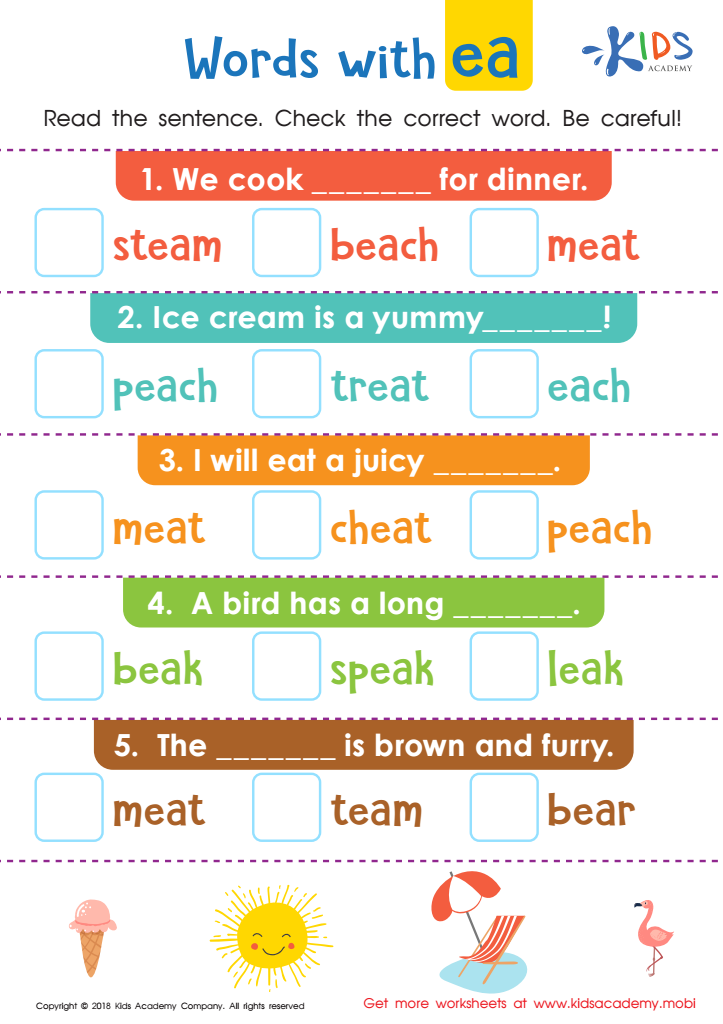

Words with ea Worksheet
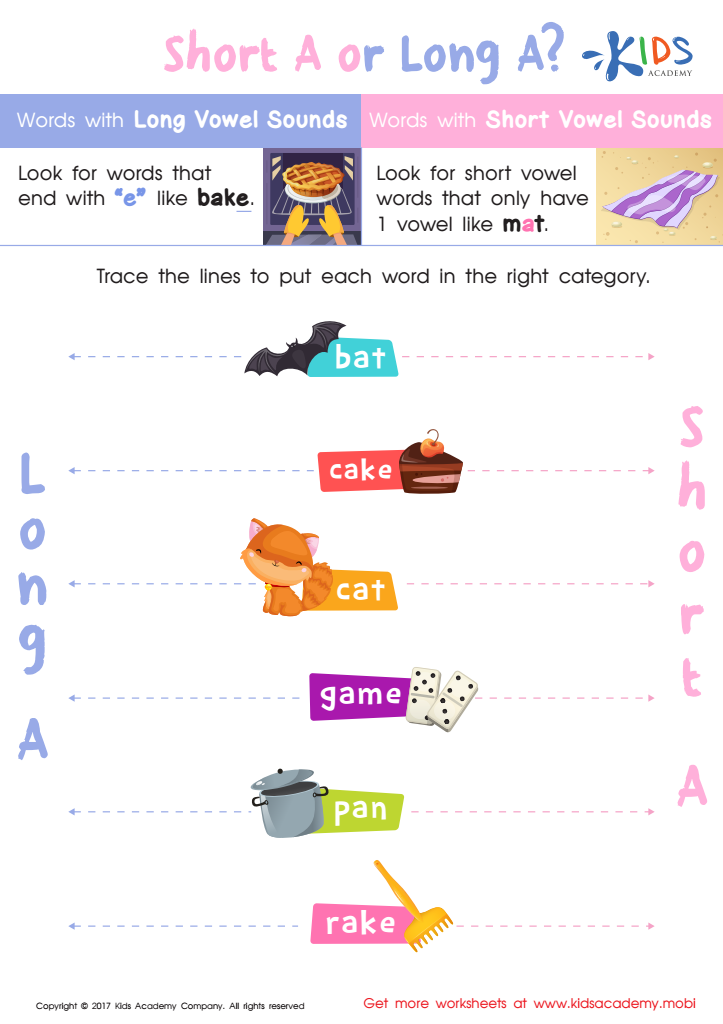

Short /a/ or Long /a/? Worksheet
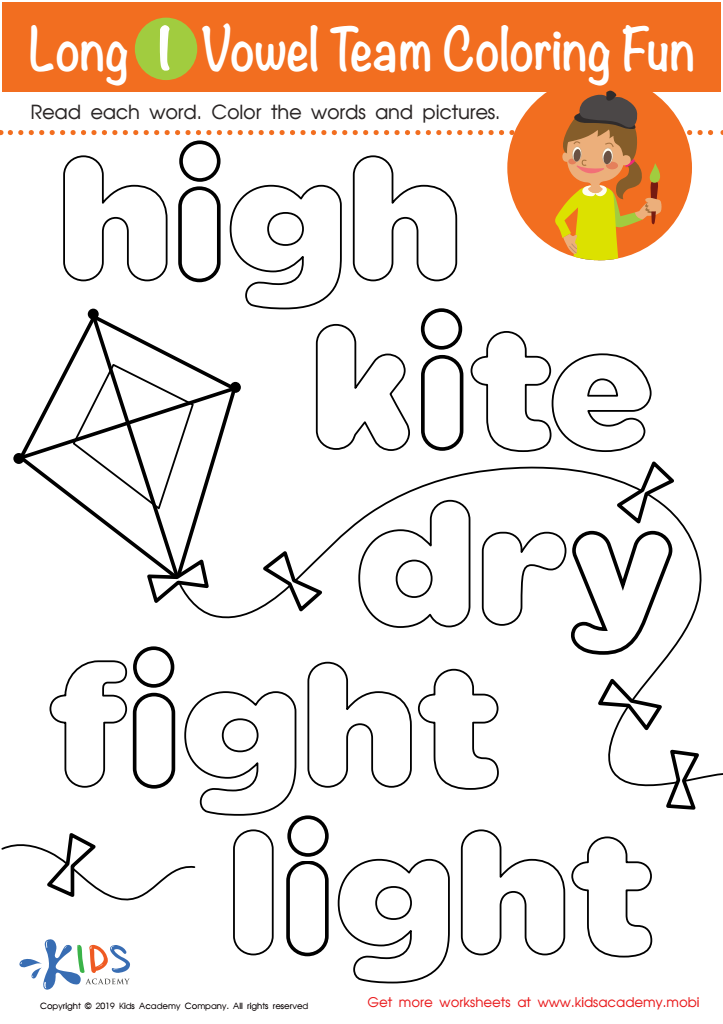

Long I Vowel Team Coloring Worksheet
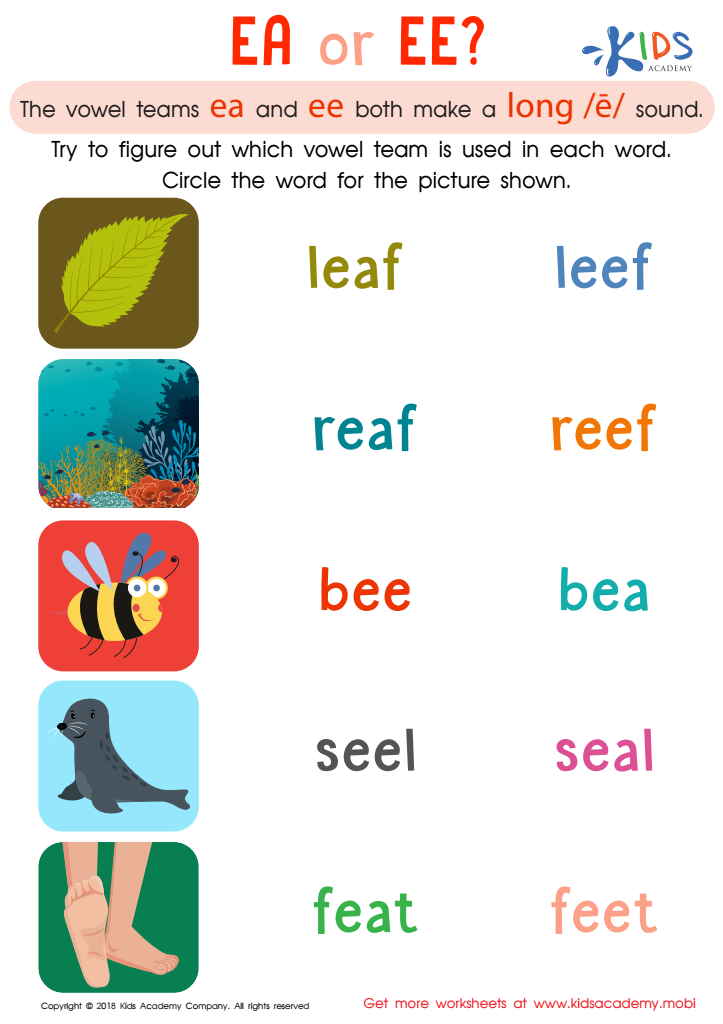

Reading: EA and EE Worksheet
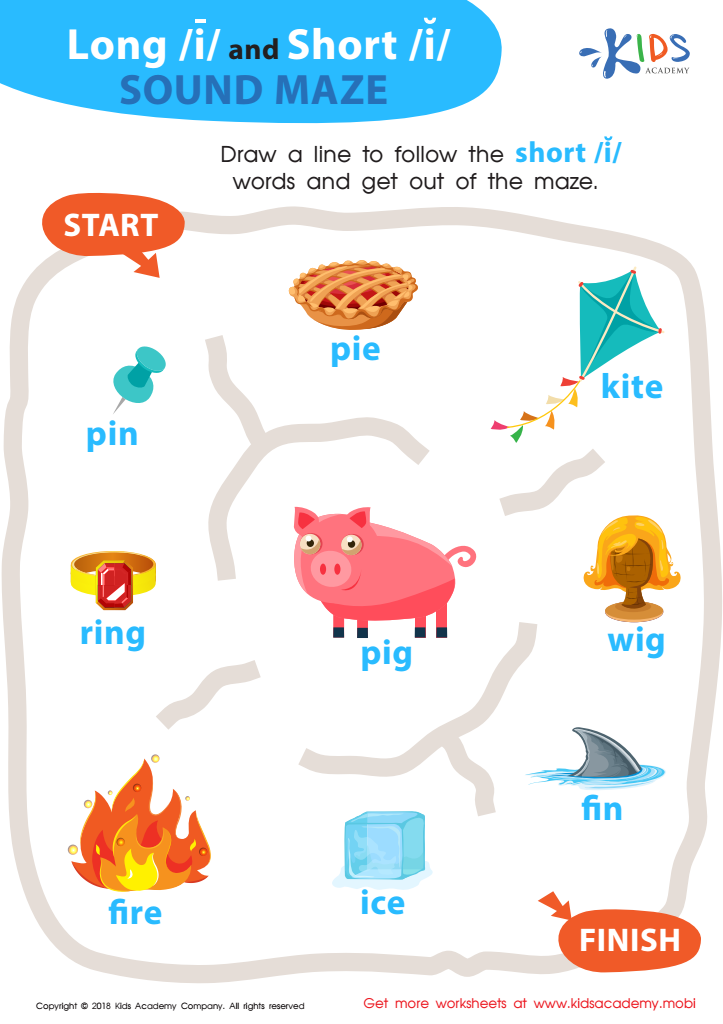

Reading: Long I and Short I Sound Maze Worksheet
Parents and teachers should prioritize Reading Improvement Normal Vowels (RINV) for children aged 6-8 because this foundational skill significantly impacts overall literacy development. The early years of schooling are crucial for a child’s reading success, as phonemic awareness and vowel recognition form the bedrock of fluent reading and comprehension. Focusing on normal vowels involves not just identifying the letters but understanding their various sounds, which enhances decoding skills and boosts confidence in reading.
By improving reading skills in this age group, children are more likely to thrive academically, enjoy books, and develop a lifelong love for reading. Strong reading abilities also correlate with better performance in other subjects, as comprehension is essential across the curriculum.
Moreover, fostered by supportive parents and teachers, children can cultivate enhanced critical thinking and creativity through storytelling, leading to improved communication skills. Engaging in activities related to normal vowels also strengthens listening and speaking skills vital for their social interactions. In short, RINV should be a priority because it directly influences a child’s educational journey and emotional well-being, laying the groundwork for a successful future. Investing time and resources in reading development is an investment in a child’s overall growth.

 Assign to My Students
Assign to My Students















